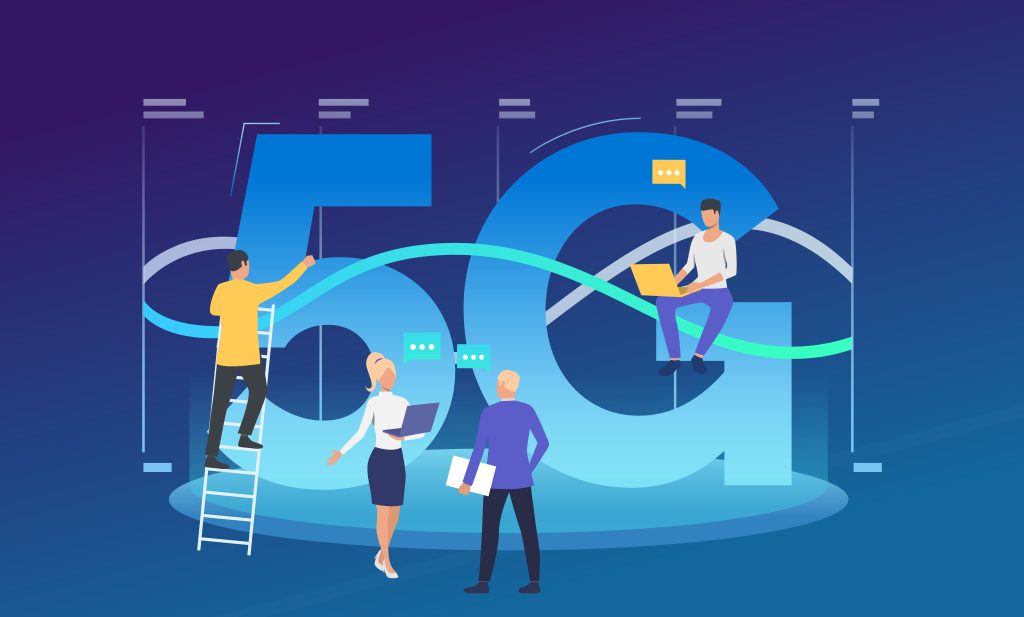The integration of 5G and edge computing is ushering in a new era of technological advancement, marked by rapid real-time data processing and enhanced network efficiency. This combination is not just improving existing applications but is also paving the way for futuristic innovations in multiple sectors. In this blog post, we explore how 5G enhances edge computing capabilities and what this means for the future of technology.
What is Edge Computing?
Edge computing involves processing data near the source of data generation rather than relying on a centralized data processing facility. This proximity to data sources allows edge computing to offer reduced latency, which is crucial for applications that depend on real-time decision-making.
The Role of 5G in Enhancing Edge Computing
5G technology promises much more than faster broadband speeds; it offers ultra-low latency, massive network capacity, increased availability, and a more uniform user experience. These features are particularly beneficial to edge computing for several reasons:
- Ultra-Low Latency: 5G networks reduce the time it takes for a data packet to travel between two points, thus significantly decreasing the latency experienced in edge computing scenarios.
- Increased Bandwidth: With higher data rates, 5G enables more data to be transferred at a given time, which is ideal for bandwidth-intensive applications running on edge devices.
- Enhanced Connectivity: 5G can connect more devices within a given area compared to previous technologies, expanding the reach of IoT devices that rely on edge computing.
Applications of 5G and Edge Computing
Combining 5G and edge computing opens up a myriad of applications across different fields:
- Autonomous Vehicles: For self-driving cars, real-time data processing is crucial. 5G enhances edge computing abilities to process and analyze the vast amounts of data generated by these vehicles faster, thereby improving their efficiency and safety.
- Smart Cities: From traffic management to public safety monitoring, smart cities can leverage 5G-enhanced edge computing for real-time operations, reducing response times in critical situations.
- Industrial Automation: In manufacturing, edge computing enhanced by 5G can facilitate real-time monitoring and adjustment of manufacturing processes, leading to improved efficiency and reduced downtime.
- Healthcare: Faster data processing speeds can revolutionize healthcare with real-time remote monitoring and telemedicine, directly benefiting patient care and service delivery.
Challenges and Considerations
While the benefits are significant, the integration of 5G and edge computing also comes with challenges:
- Security Risks: As more devices are connected and more data is processed at the edge, the security framework needs to be robust to prevent data breaches and attacks.
- Infrastructure Costs: Upgrading to 5G and setting up edge computing infrastructure requires significant investment, which might be a barrier for small to medium-sized enterprises.
- Technical Complexity: Managing a network that combines 5G and edge computing involves handling complex technical integrations and operations.
Looking Ahead
The future of 5G and edge computing is bright, with ongoing advancements in both areas. As standards evolve and more use cases are developed, the combination of 5G and edge computing is expected to become a foundational technology for the digital transformation of societies and industries.
Conclusion
5G and edge computing are together setting the stage for a new wave of technological innovation, characterized by smarter cities, faster communication, and more responsive networks. As this technology continues to evolve, it will unlock the full potential of IoT and smart devices, making our environments more connected and intelligent.
